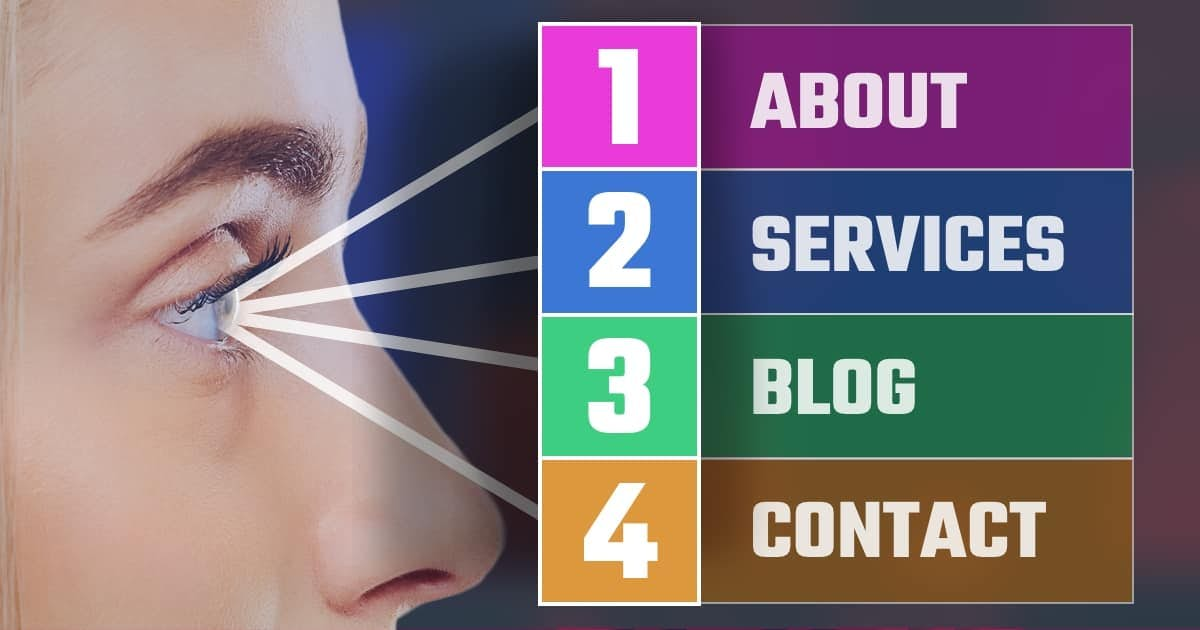Show 4 Options or Fewer in Choices
Four items are a critical threshold in choice overload because of an ability called parallel individuation.

Overview
Humans feel choice overload.
Too many options? We give up.
But how many is too many? I think 4 options is the threshold.
Look at these squares:

You see 4 items. But your brain doesn't need to count them. It knows that 4 items exist immediately. It's called parallel individuation (Gallivan et al., 2011).
Humans possess this ability up to 4 items, but it collapses with 5 items:

Five items are a critical threshold in which options feel like "a lot" — an unknown quantity that is large enough to require counting.
Therefore, choices feel difficult with 5+ options.
How to Apply It
What if you need to show 5+ options?
Well, you just need to group them.
Consider this navigation menu on HubSpot:

It groups 12 links into 4 sections.
This choice is now two mini-decisions:
- Which section should I view? (4 options)
- Which link should I click? (3 options)

Despite 12 options in total, this choice feels easy because each mini-decision stays within the confines of parallel individuation.
The Takeaway: Categorize options into small groups that contain no more than 4 options. Even randomly assigned groups can work (Mogilner, Rudnick, & Iyengar 2008).
Exceptions
- Specific Searches. Choice overload is less prevalent when people are looking for a specific option. It's called top-down attention.
- Pleasurable Choices. Contemplating each item in a restaurant menu could feel good. In this scenario, perhaps more options are better.
Other New Studies
- Sunny Weather Lowers Cart Abandonment - Based on lab studies and real-world data, you're more likely to complete an online checkout when the weather is nice.
- Emojis Increase Tipping - Customers give larger tips when they see an emoji in the vicinity because it actives a positive emotion.
- Upside-Down Illusion - Faces seem larger upside down, but letters and words seem smaller.
